We’re back on the train of the Grand Tour of Switzerland! After its first stops in Basel, Schaffhausen and St. Gallen, our train went full steam ahead towards Lucerne, Grindelwald, Montreux, Sion, Locarno and Lugano, in the canton of Ticino.
Mountain landlubbers
After we arrived in Lucerne in the evening, we went to greet the Kapellbrücke, a famous wood-covered bridge that is home to 111 triangular paintings. While this venerable structure has welcomed many tourists since the 17th century, nowadays, it’s mostly famous for rising from its ashes following a fire in 1993.
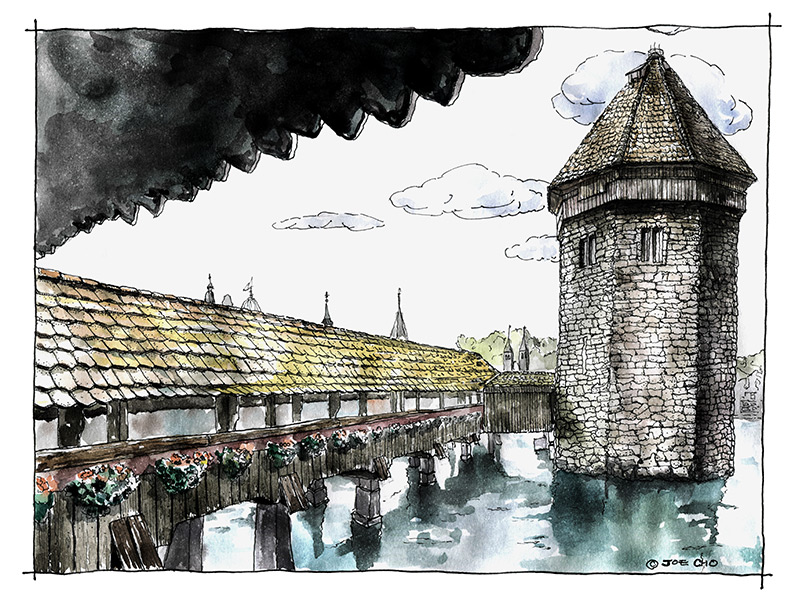

As dawn broke after a night at Lucerne’s youth hostel, we heard the calling of the great outdoors. We swapped the train for a boat to go on a little cruise on Lake Lucerne. It’s one of the many perks given by the all-in-one Swiss Travel Pass that the Swiss Travel System offers. It provides access to all the Swiss railway lines, admission to 480 museums all over Switzerland, boat rides and ski lifts. While it costs between $290 and $605 CAN for trip lengths varying from 3 to 15 consecutive days in second class, it was definitely worth it.
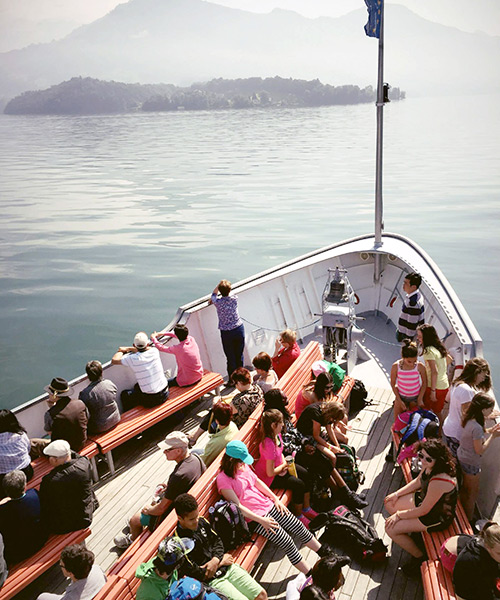

Our goal was to reach Vitznau, which was located at the foot of Mount Rigi: the famous “Queen of the Mountains.” From Vitznau, we boarded a dashing little red train, which wasn’t the fastest climber but offered us the most breathtaking sights of the nearby cirque. Our climbing companions were hundreds of Japanese and Korean tourists getting their fix of “Swissery.” Together, we reached the mountaintop of the famous Rigi and felt like we were in heaven, even if it was just for an hour.
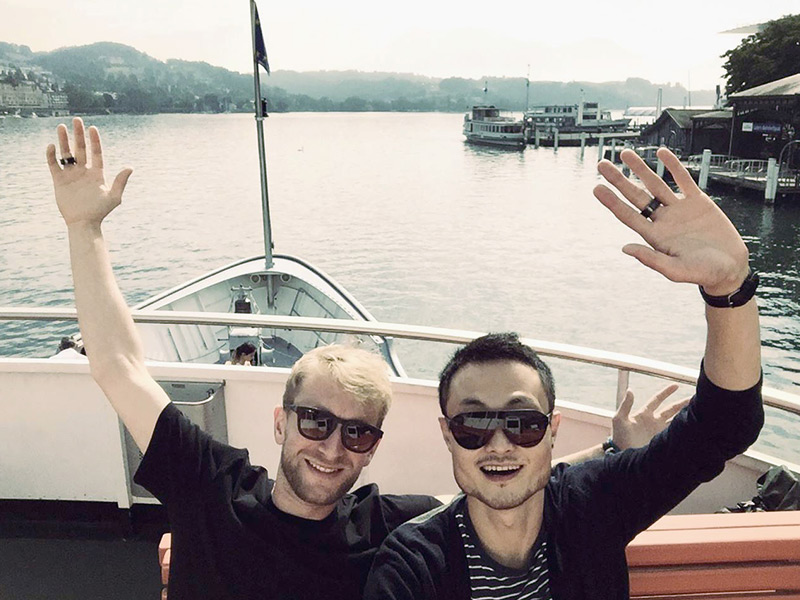
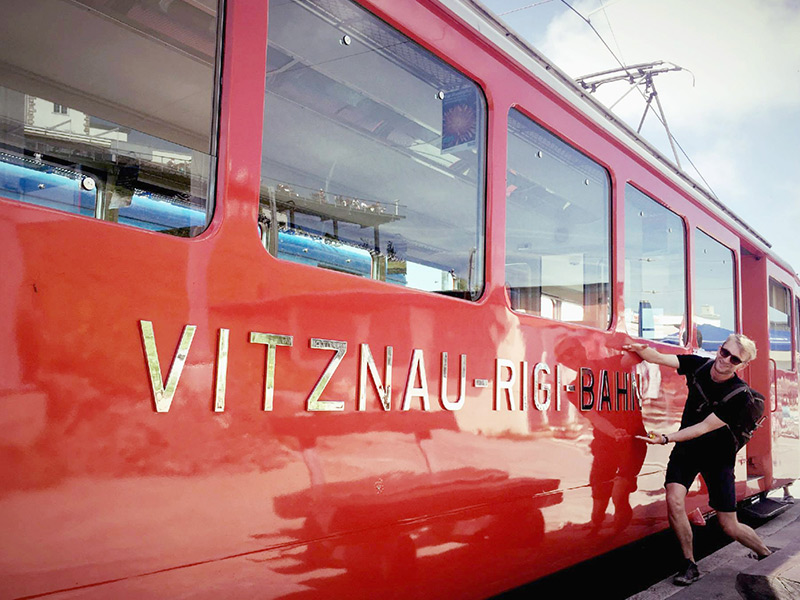

Back in Lucerne, we were craving higher altitude sensations, so we boarded for Grindelwald immediately. Once in this little mountain village, located in the Jungfrau region, we settled in at the youth hostel. It was an authentic wooden chalet with a stunning view of the North face of Mount Eiger.

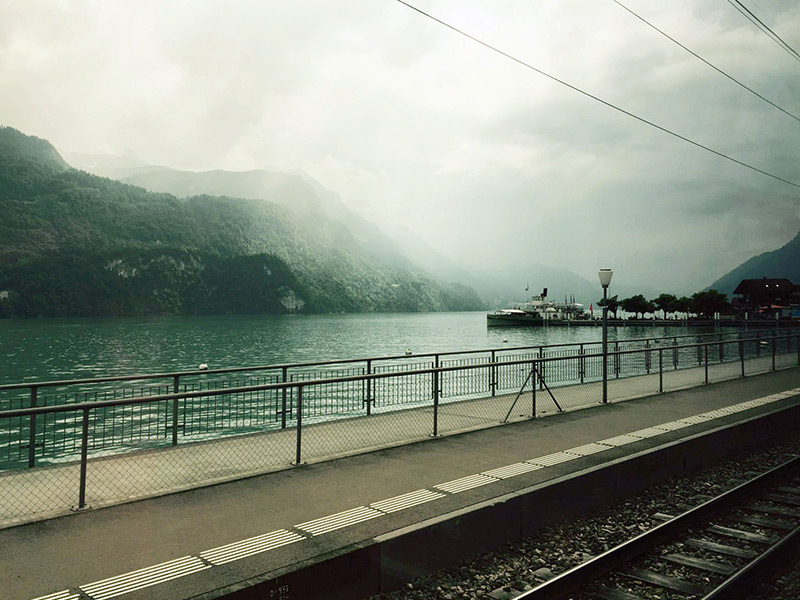

Climbing through the mountains and cantons allowed us to enjoy this small country to its fullest extent. Make sure to go beyond the store fronts and enjoy nature, because as Swiss writer Nicolas Bouvier once said, “travel makes you.”
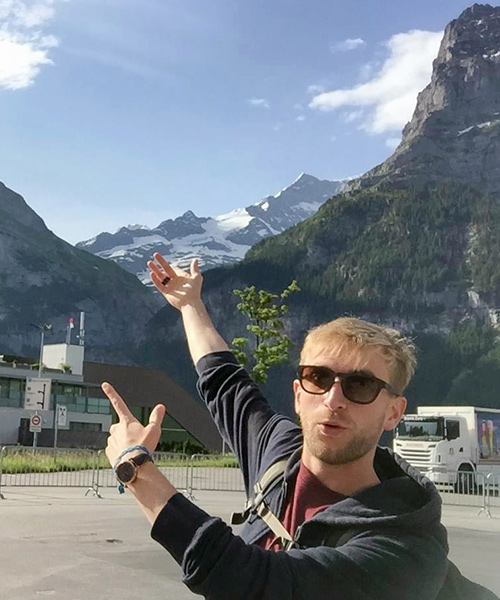
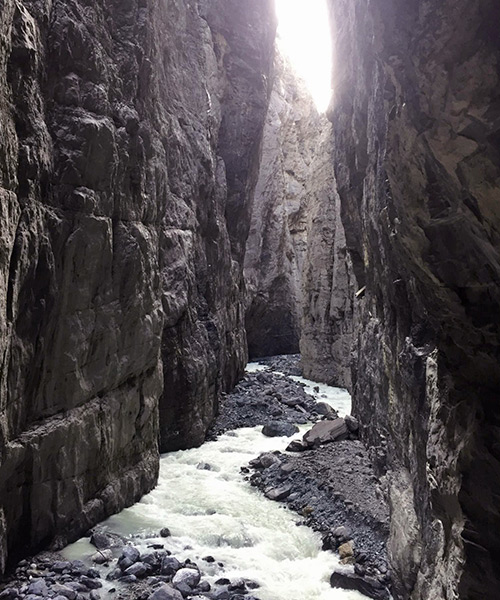
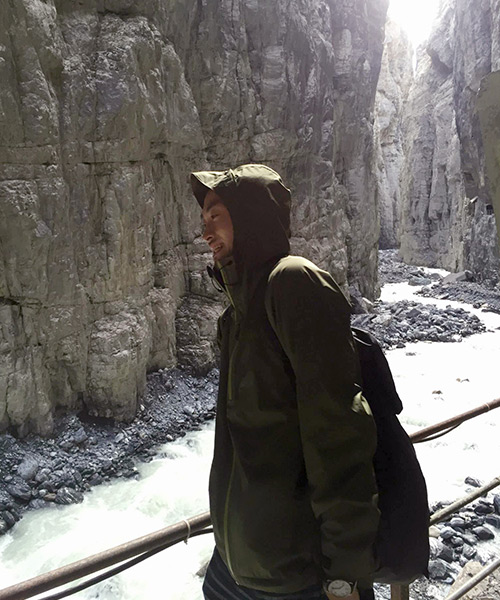
The next day, before catching another train for Montreux and Sion, in the canton of Valais, we went on a field trip inside the Grindelwald Glacier. Those romantic canyons were a wonder of nature.
The guide set the tone: “Located about a 35-minute walk from the Gletscherschlucht hotel and restaurant, artificial footbridges will lead you over turbulent waters, through rock walls and tunnels, before sinking 1000 meters deep into the heart of the canyons. From each side two polished rock walls rise over 100 meters high”. Here is a little warning though: after half an hour, you will feel like you’re just out of a cold shower! Don’t skip this attraction, but dress accordingly.
From canyons to castles
Three days on a train can be taxing, even in the comfort of the first class cars of the Swiss Federal Railways! As we left Grindelwald, we knew we had reached the last part of our journey and we wanted to keep our eyes wide open. We rode on the GoldenPass, the world’s first entirely panoramic train, from Interlaken to Montreux. We wanted to visit the Chillon Castle while we were there, but exhaustion got the best of us and we indulged in a nap instead.
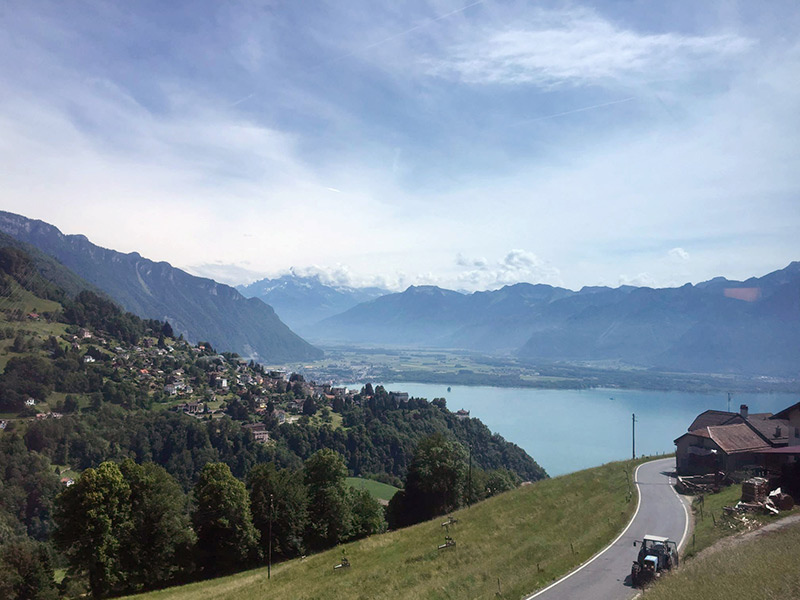

After waking up, we still stopped by the “sleeping castle” on the shores of Lake Geneva. Though, staying awake proved to be difficult as we wandered through the rooms of this medieval labyrinth. Thankfully, we were able to enjoy a few minutes of clarity to observe the lake and the Alps shine through the arrow slits.
We headed back to the train quickly and went to bed in Sion, in the Rhone Valley, where wine flew generously. The county seat of the canton of Valais was worth the trip for its Tourbillon Castle in particular, which was spectacular night and day.
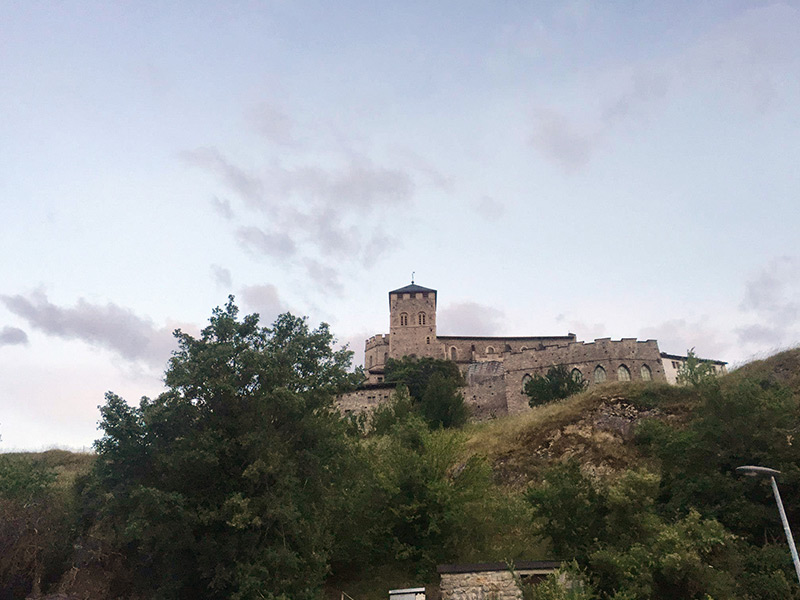
Last Tango in Ticino
For the last part of our Grand Train Tour of Switzerland, we picked the gorgeous Centovalli line which runs from Domodossola, in Italy, to Locarno, in the canton of Ticino. This winding and narrow railway line crosses the “hundred valleys” over 60 kilometers and “ventures over bold viaducts, impressive precipices, canyons and their frothing waterfalls, and goes through chestnut groves, vineyards and tunnels.” Despite its slower pace it was still very enchanting!


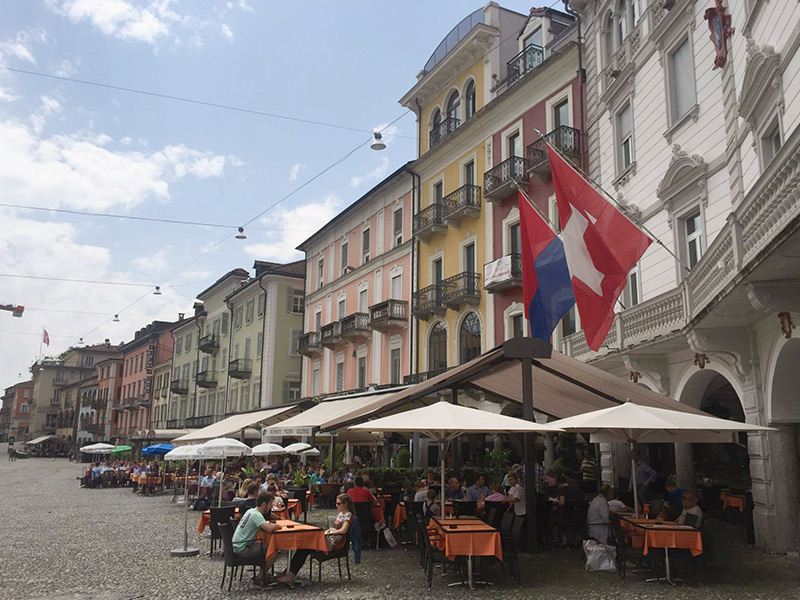
At the end of the road, we went to Lake Maggiore for a change of scenery. It felt like you were in Italy with its playful language, palm trees and “eternal sun,”

After a short stroll in Locarno and a terrace meal on Piazza Grande, which hosts an important open air film festival every summer, we finally reached the end of our train journey in Lugano, the heart of Italian Switzerland.
We came full circle when travelling from Basel, the cultural capital of Switzerland to Lugano, in the canton of Ticino. We put away our maps and reflected on our long path through four busy days. Switzerland wasn’t that small after all and the Grand Tour could’ve gone on!
We’re counting on you to take us back there if you happen to ride the train too. In this respect, the Swiss Travel Pass is the best boarding pass you can get. Look it up!
Happy travels,
Gary

 |
